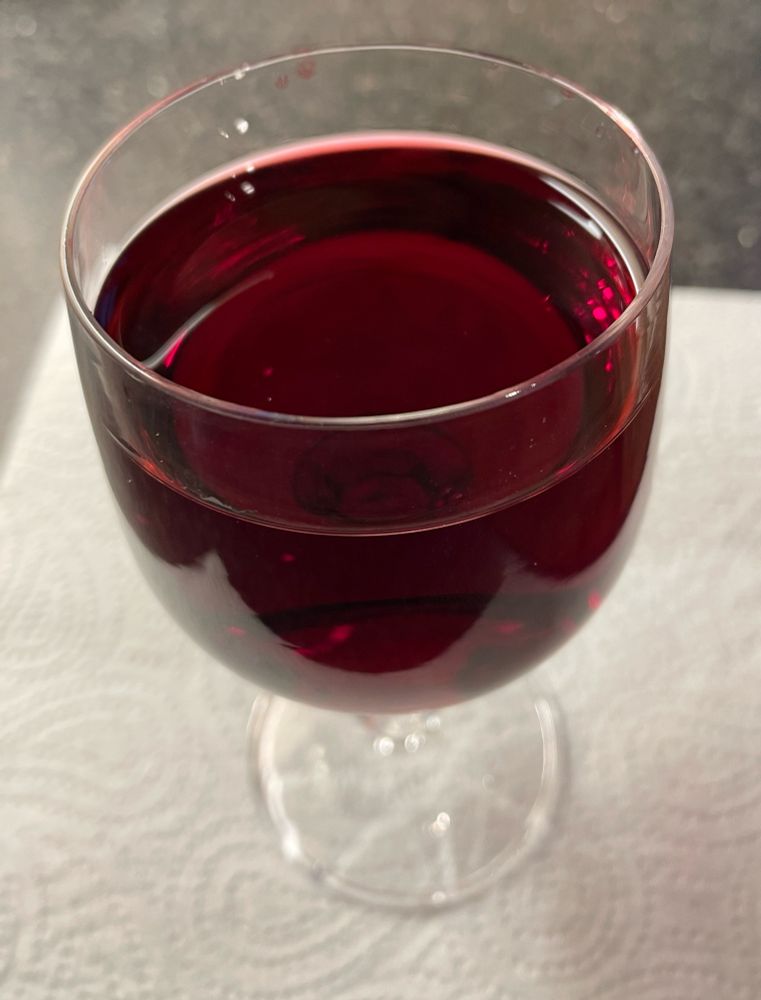





Hydrangeas around St Andrews now. Some will hopefully get used as #Gardenindicators in teaching next year.

Hydrangeas around St Andrews now. Some will hopefully get used as #Gardenindicators in teaching next year.
@AlchemistAngus. A can of crushed pineapple! The anthocyanins in blackberry extract can be used to detect dissolved tin(II) ions in the pineapple juice. The anthocyanin/tin complexes give a lovely purple colour! #Chemsky
@AlchemistAngus. A can of crushed pineapple! The anthocyanins in blackberry extract can be used to detect dissolved tin(II) ions in the pineapple juice. The anthocyanin/tin complexes give a lovely purple colour! #Chemsky
















